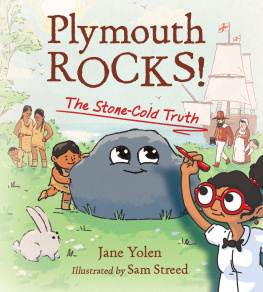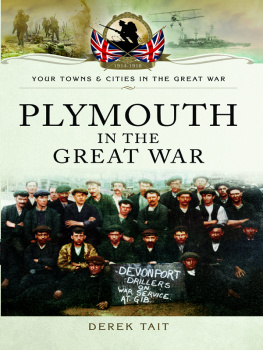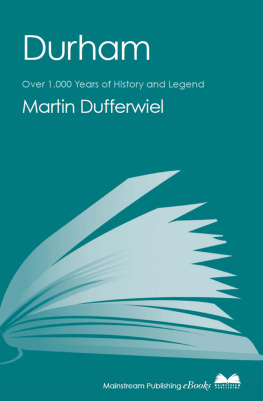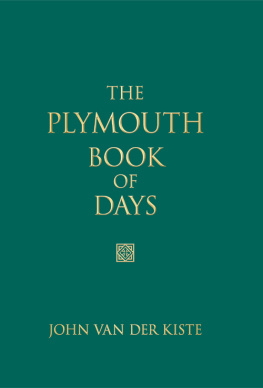Thanks to my editor, Amy Lyons, and Jarrad Peter Rosa, Emilia Rivera, Michael Lockshier, Ethan Perkus, Stephen Healey, Jim Lampos, Christopher Collier, Eddie Podbielski, John Burgeson, David and Trena Lehman, and David K. Leff. Thanks also to New Englanders like Anne Bradstreet, Miantonomi, Emily Dickinson, Henry David Thoreau, Mark Twain, Charlotte Perkins Gilman, John Winthrop, Abigail Adams, Phillis Wheatley, Edna St. Vincent Millay, Amy Lowell, and Henry Wadsworth Longfellow, who provided phrases for some of the chapter titles. The libraries and work of the New Haven Historical Society, Connecticut Historical Society, Vermont Historical Society, Maine Historical Society, the Connecticut Humanities Council, the New England Historical Society, and the University of Bridgeport were valuable, as was the Massachusetts Historical Collections and the incredible interlibrary loan system here in Connecticut. And thanks as always to my wife, Amy Nawrocki.
1620s
T HE M AYFLOWER TREMBLED IN THE WIND . W ATER SEEPED IN AS WAVES sprayed over the bow, and the assembly on their knees in the hold prayed loudly and long. One man was flung overboard but held onto the topsail halyard while the others pulled him back in hand by hand. The sails were taken down and waves and wind beat upon the tiny craft over and over. A midship beam cracked and with great effort they screwed it back into place and fixed it with a post.
After nine stomach-churning weeks at sea, the miserable passengers sighted a long strip of sandy beach. On November 11, 1620, men with iron waistcoats and salt-corroded muskets stepped onto the gray autumnal shore. As the silent, empty days passed, they carried juniper wood for fires back to the ship, desecrated Indian graves to get tools, found bowls and pots in abandoned teepees, and even unearthed tobacco and herring in baskets. A beached whale provided oily sustenance for a time, as they scouted the land. Three weeks after the first landing, a shore party was attacked with arrows as they rummaged through graves, and fled back to the Mayflower. Later that day the tiny ship sailed across the wide, shallow bay to a place they called Plimouth.
As Christmas Day dawned, sick and tired, terrified of the wilderness and the savages who lurked in it, the colonists began to build against the growing cold. Some dug cave shelters in the sides of hills where they could survive until spring. A few of the more industrious copied the bark wigwams of Indians, with hemlock boughs for bedding. Unfortunately, none were professional carpenters or expert botanists. Like most people in the 17th century, they could hunt and fish, but were certainly not the most skilled of their countrymen.
Former postmaster William Brewster and enigmatic soldier Myles Standish tried to keep the 101 passengers calm. The Saints, as the core group called themselves, were primarily nonconformists from the Scrooby church in Yorkshire, England, who disagreed with the Archbishop of Canterbury on the authority of scripture. Although they could not legally leave England, ten years earlier some had snuck over to Holland anyway. A merchant named Thomas Weston convinced these vagabonds to move to New England, where no established church could exert its will upon them.
After their long exile, Brewster and other Saints formed a joint-stock company, with a charter from James I. They hired Standish as a sort of escort, after finding the price of Captain John Smith of Virginia too high. Forty-one men and women had left Delftshaven on July 22, stopping in Southampton to pick up sixty poor unbelievers, whom they called Strangers. They chartered the Mayflower, a 180-ton square rig that had formerly been used to transport wine.
They knew the terrible story of the Virginia colony of Roanoke, which had been settled by 117 people four decades earlier and had disappeared like a whisper in the wind. They shuddered at the fate of the settlers of Jamestown in 1607, where two-thirds died in the first nine months. Now, thirteen years later and hundreds of miles to the northeast, the Plymouth group desperately harvested the last remnants of wild strawberries and watercress, and fished for crabs and lobsters. Foxes and wolves stole their meat and birds and deer fled from their guns. By March 1621, half were dead from scurvy and starvation. The young William Bradford writhed in his cot with terrifying pains in his hip, tended to by Myles Standish. He tried to remember his Bible or maybe his Seneca. What could they see, Bradford wrote of his fellow colonists later, but a hideous and desolate wilderness, full of wild beasts and wild men?
A few weeks later, one of those wild men appeared, asking for beer in English, and calling himself Samoset. A second man named Tisquantum, or Squanto, soon arrived with even better English language skills. He had lived in the area now called Plymouth until 1614 when he was kidnapped, converted, taught English in London, taken to Newfoundland, then back to England, and finally back home to New England. Upon his return, he found most of his tribe dead from the epidemic that had raged across the area in 1616. Just two years earlier, Captain John Smith had scouted the area, and found goodly, strong, and well-proportioned people as well as corn and mulberry farms aplenty near Quincy and Weymouth. Now, in 1621, along the Taunton River, explorers found empty cornfields and villages, where thousands must have lived in earlier times. The first European who settled near Mount Wollaston wrote that the bones and skulls piled around empty villages seemed to him a new-found Golgotha.
When the Mayflower anchored in Cape Cod Bay, Squanto was essentially a prisoner of the surviving Pokanoket Wampanoag Tribes, and they used him as their interpreter and spy. He did not bend so easily to their needs, though. He had seen the power and extent of London, the weapons and ships, and his own people were gone. The English were now in some ways his people, and he seemed determined to help. He brought the settlers to the coves with the fattest eels, and shepherded them to trading sessions for beaver pelts.
The most powerful sachem in the area, Massasoit, visited the tiny village and sat down to a meal of roasted venison. A treaty followed, one that both sides would keep, at least for the next few decades. On a return expedition, Myles Standish and Squanto explored Boston Bay together, meeting with different Wampanoag Tribes, making deals for furs. Near the Blue Hills they found many abandoned gardens and cornfields, recently grown wild. As the summer wore on, Squanto and other friendly Wampanoags continued to teach these sickly European refugees how to grow corn and catch herring.
The Algonquin-speaking civilization of New England might have been devastated by European epidemics, but they had plenty of wealth and wisdom to give. Living in seasonal villages that included two hundred or three hundred people, they met at large meetings throughout the year to trade stone hatchets and reed baskets. The tribes cleared the underbrush with fire, maintained paths, and cultivated berry bushes and fields of corn. Winters were spent inland at hunting camps in snug birch-bark wigwams, and summers were spent by the shore piling up oyster and clam shells into huge hills that could be seen for miles. And Squanto was not an anomaly; many were already wearing European clothes and carrying European artifacts. A few could speak French or Dutch better than the English colonists could.










